Curious to learn how to potty pad train a dog? Gone are the days of only using outdoor areas for bathroom breaks. With the rise of apartment living and hectic schedules, potty training on pads has become a game-changer for dog and pet owners.
This ingenious method allows you to create a designated potty area indoors using specially designed potty pads. Pad training a dog offers convenience, flexibility, and peace of mind, ensuring your pup has a safe and reliable place to relieve themselves.
Now, let us dive into our comprehensive guide, filled with expert tips and tricks that detail how to potty train a puppy on pads.
Understanding the Basics of Potty Pad Training

For potty training success with most puppies, it’s crucial to understand their natural instincts and behavior. However, be mindful of realistic expectations and timelines, as every puppy learns at their own pace.
Age-Appropriate Potty Pad Training
To ensure a successful start, take into account your puppy’s age and stage of development. Typically, potty training a 12-week-old puppy is more practical than a younger puppy as they have better bladder control and understand basic commands. See below chart for bladder hold times.
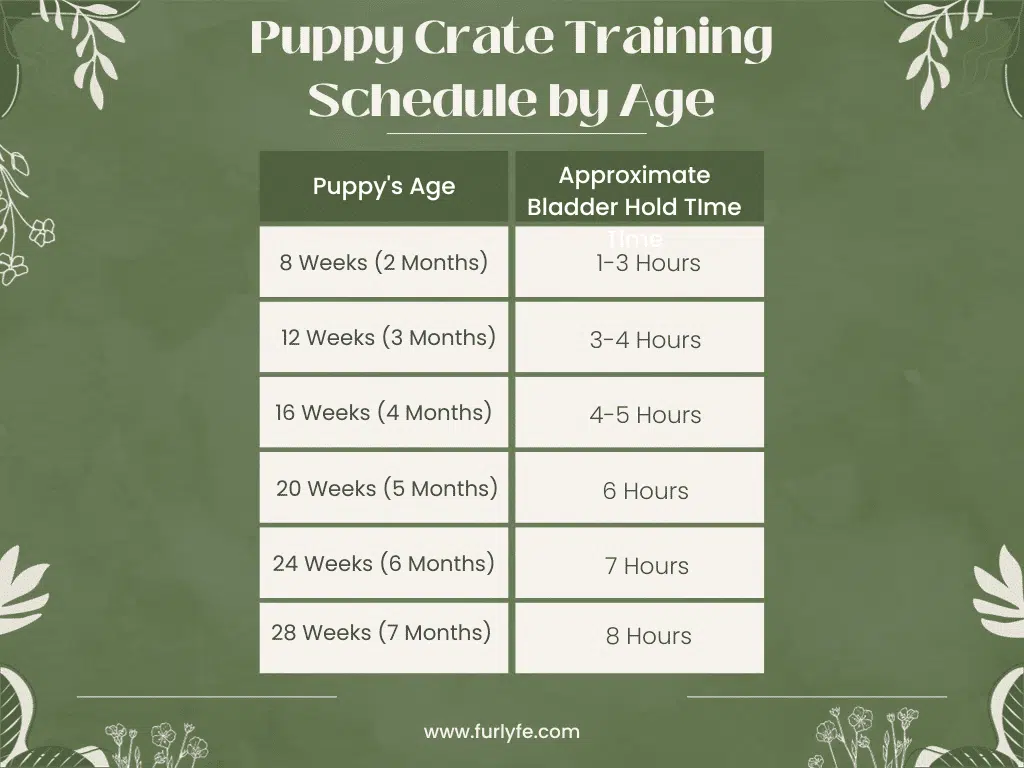
Knowing Your Puppy’s Schedule and Signs
Understanding your puppy’s potty schedule and recognizing its potty signs is crucial when comprehending how to potty pad train. Puppies have small bladders and need to eliminate frequently, especially after meals, naps, playtime, and waking up in the morning. By observing your puppy’s behavior, you can identify the signs that indicate they need to go potty. These signs may include restlessness, sniffing the ground, circling, or whining.
Importance of Consistency
Consistency and patience are vital aspects when it comes to potty training your puppy on potty pads. Puppies flourish with a routine, so it is crucial to establish a full puppy pad potty training schedule. In other words, house training a puppy requires you to regularly take them to the selected potty place throughout the day. Consistency helps to teach your puppy to understand where they should eliminate and reinforces good habits.
Positive Reinforcement Techniques
Puppies respond well to praise, treats, and affection when they exhibit desired behavior. Whenever your puppy uses the designated potty area or shows signs of needing to go, shower them with verbal praise, petting, and a tasty treat. Refrain from punishment or scolding when accidents occur, as they are an expected aspect of the learning process. Instead, focus on the good behavior and provide positive reinforcement, fostering a positive association to encourage the desired behavior.
Are Potty Pads Right For Your Pup?
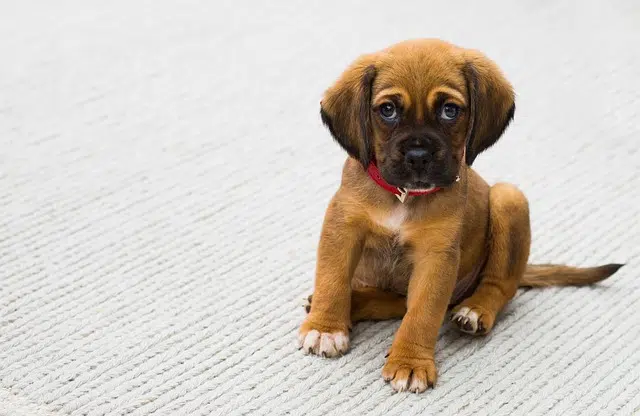
Determining whether potty pads are right for your pup depends on several factors. Potty pads can be a practical solution for puppies, small breeds, or dogs without immediate outdoor access. Potty pads in a designated area indoors offer convenience and flexibility, especially for dogs in situations where outdoor breaks are challenging.
It is important to consider the long-term goal of transitioning your dog to outdoor potty habits. If you live in an apartment or have limited outdoor space, potty pads can be a temporary measure. For others, the focus may be on outdoor training from the start.
Ultimately, the decision should align with your lifestyle, your dog’s needs, other pets, and your training preferences. Consistency, patience, and positive reinforcement are key regardless of the method chosen, ensuring a clean and well-trained pup.
Curious on how to use a crate to potty train your puppy? Read more at Efficient Puppy Potty Training: Harnessing the Power of the Crate.
Getting Started with Pad Training a Dog
Creating a Designated Potty Area with Pads
The first step under our ‘How to potty train a puppy on pads’ guide is to designate a specific area in your home. Ensure this space remains consistent for puppy pad training and placement. It could be a laundry room, bathroom, extra room, or any area with easy access and minimal foot traffic. By creating a specific spot, you provide your puppy with a clear association between the pads and potty time.
Choosing the Right Type and Size of Pads
Start with selecting the appropriate puppy training pads for your puppy’s potty training. Opt for high-quality pads that are specifically designed for puppies. These doggy pads are usually leak-proof, absorbent, and have a scent that attracts your puppy. Consider the size of your puppy when choosing the pads, ensuring they are large with enough room to accommodate your growing furry friend.
Selecting an Appropriate Location for the Pads
Locating the pads within the designated potty area is also equally important. Choose a spot that is comfortable for your puppy and is simple for them to get to. Keep in mind that young puppies often prefer to relieve themselves in regions other than their sleeping and eating areas. Avoid placing the pads near their bed or food bowls. It is also important to keep the pads away from play areas, as young puppies will tend to avoid soiling their resting spots.
Remember, consistency is key when setting up the dog’s potty training area. Once you have established the location and type of pads, avoid moving them around. This will help your puppy develop a strong association between the pee pad in the designated area and their potty needs, thereby successfully getting used to a puppy potty training schedule.
Now that the groundwork is laid, let us move on to introducing your puppy to the training pads and kick-starting the potty training process.
Read more here about our puppy proofing your house checklist
How to Potty Train a Puppy on Pads: A Step-by-Step Guide

Familiarizing the Puppy with the Pads
You got the pads and space sorted. But how to get your dog to use the puppy pad? To ensure a successful transition to using pads for potty training, it is important to familiarize your puppy with the concept. Position the pads within the assigned potty area and give your puppy the opportunity to explore them. Let them sniff, paw, and explore the pads at their own pace. This helps them become comfortable with the pads and understand their purpose.
Encouraging the Puppy to Explore the Pads
To foster a positive association with the pads, motivate your puppy to step onto them. You can use treats or their favorite toys to entice them onto the pads. Praise and reward them with verbal cues like “good job” or “good puppy” when they make any effort to interact with the pads. The goal is to make the pads an inviting and appealing area for your puppy to relieve themselves.
Using Scent Attractants
Scent attractants can work wonders in enticing your puppy to use the potty training pads. These attractants replicate the odor of urine and can be highly beneficial, particularly during the initial training phases. Apply a small amount of the attractant on the potty pad to attract your puppy’s attention and encourage them to eliminate it in the designated area. The recognizable scent will indicate to your pup that this is a suitable spot for them to eliminate.
Using Positive Reinforcement to Associate the Pads with Potty Time
Consistent positive reinforcement is vital in helping your puppy understand that the pads are for potty time. This is the only way your puppy understands that the pads are for potty time. When you observe your puppy showing signs of needing to eliminate, gently guide them to the pads. Upon using the pads correctly, promptly praise your puppy and provide a treat as a reward. Positive reinforcement reinforces the connection between the pads and appropriate potty behavior.
Positive reinforcement is the cornerstone of effective behavioral training. Now that you have a fair idea of how to potty train a puppy on pads, you might be wondering how to continue this until you train your puppy to pee outside. Keep reading to unveil the secrets to house training a puppy successfully.
Creating a Routine for Pad Training a Dog
Establishing a Consistent Feeding Schedule
The best way to potty train a puppy is to establish a consistent feeding schedule. By providing food on a consistent schedule, you can anticipate the timing of their need to relieve themselves. Consistency in your puppy’s meal times helps regulate their digestive system and makes it easier for you to anticipate when they might need to use the pads.
Establishing Regular Potty Breaks
In addition to a consistent feeding schedule, it is crucial to establish regular potty breaks for your puppy. Guide them to the designated potty area and encourage them to use the pads consistently throughout the day. Puppies generally need to eliminate shortly after waking up, after meals, and after playtime. By providing frequent opportunities to use the potty pads, you increase the likelihood of successful potty training.
Using Verbal Cues to Signal Potty Time
Verbal cues play a significant role in potty training a puppy on pads. When you take your puppy to the pads, choose a specific phrase or expression, such as “potty time” or “do your thing,” and use it consistently. Repeat the cue calmly and encourage them to eliminate while using the pads. Over time, your puppy will begin to associate the verbal cue with potty time, making it easier to prompt them in the future.
Dealing with Accidents When Housetraining a Puppy
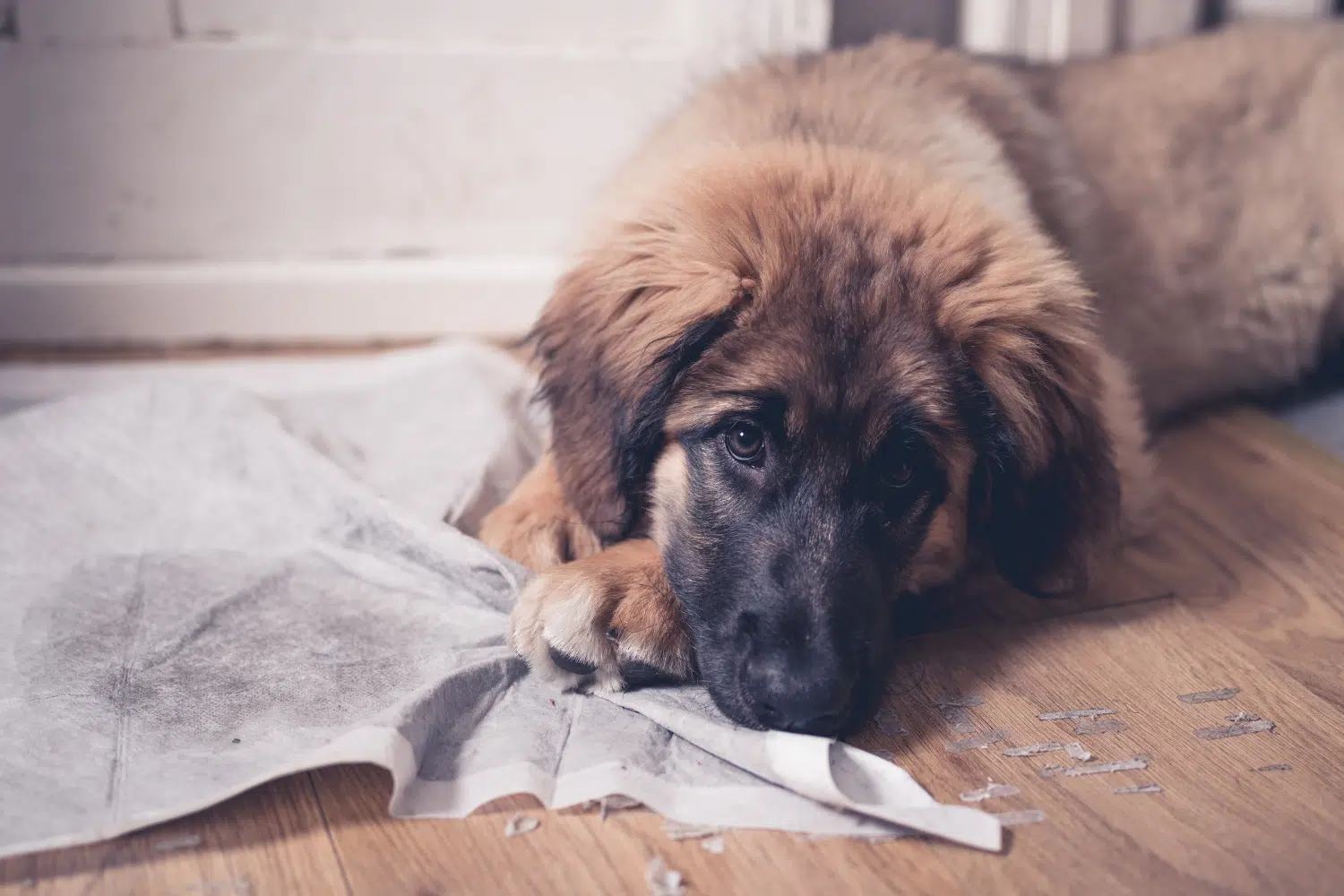
Remaining Calm and Avoiding Punishment
It is normal to experience accidents during the process of potty training a puppy, and it is crucial to stay calm and refrain from punishing your puppy. Punishment can create fear, separation anxiety, and confusion, hindering their progress being potty trained. Instead, take a deep breath, remind yourself that accidents happen, and focus on redirecting their behavior positively.
Cleaning Up Accidents Properly to Eliminate Odor
When potty accidents occur, it is crucial to clean up the mess promptly and thoroughly. Puppies have a keen sense of smell, and if they can detect the scent of their previous accidents, they may be more likely to have more accidents and repeat the behavior. Use a specialized enzymatic cleaner created for pet accidents to thoroughly eradicate any odors, effectively preventing your puppy from linking that particular spot as a designated potty area.
Adjusting the Training Approach Based on Patterns and Mistakes
Pay attention to any patterns or mistakes that occur during potty training your puppy. If you notice your puppy consistently having accidents in a particular area or at certain times, adjust your training approach accordingly. It may involve providing more frequent potty breaks, re-evaluating the location of the pads, or modifying the feeding schedule. Remember, potty training requires patience and flexibility, so be prepared to adapt your strategy as needed.
Progressing to Outdoor Training
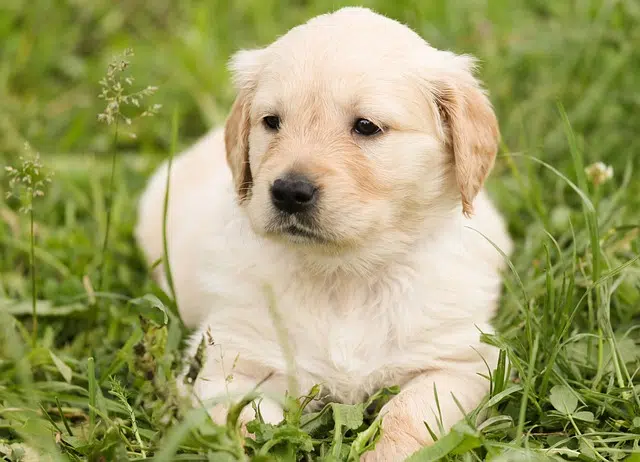
Gradually Transitioning from Pads to Outdoor Potty Areas
Once your puppy becomes consistently successful with using the same place or spot on the pads, you can start training the puppy to pee outside. Reposition the pads first so they are closer to the door leading outside. Gradually decrease the size of the pads until you are only using a small section or remove them entirely.
Using Pads as a Backup Option During the Transition Period
During the transition to outdoor training, keep a few pads available as a backup option. This helps prevent accidents and provides a safety net for your puppy as they adapt to the new routine. Gradually reduce the number of pads over time until your puppy becomes fully accustomed to going potty outside.
Encouraging the Puppy to Adapt to the New Routine
Encourage your puppy to adapt to the new routine by praising and rewarding them for successfully eliminating the outdoors. Now that you are well aware of how to potty train a puppy on pads, use the same verbal cues and positive reinforcement techniques you employed. Your puppy will begin to associate outdoor potty areas with positive experiences and gradually shift their preference towards eliminating outside.
Potty Training While You Are At Work
A challenge many new puppy owners face is how to potty train a puppy or dog while you are at work or away from the house. The pee pad combined with a dog crate or other pen is a good combination to ensure you’re puppy has a safe secure location in the house, but also has the ability to relieve themselves.
How this works is placing the dog crate in a puppy proof room and allowing them access to pee pads in the room. You absolutely do not want them to start messing in their crate. If you do not have a safe room for this, then place the crate inside a larger pen, so that the pup can exit their crate to access a pee pad.
Seek Professional Help if Needed
If you are facing persistent difficulties or if your puppy is not showing positive progress despite your training efforts, it is highly recommended to seek professional assistance. A certified dog trainer or a veterinarian experienced in behavioral training can provide valuable guidance and tailored solutions to address a dog owner with specific challenges. Besides guiding you on how to potty train a puppy on pads, they can help assess your training approach, offer specialized advice, and provide support to ensure successful potty training.
Final Thoughts: How to Potty Train a Puppy on Pads
Although potty training a puppy is no small feat, with dedication and a positive mindset, you are well on your way to success. Throughout this training process, you will witness your puppy’s growth, resilience, and ability to learn. Remember, each accident is not a setback but an opportunity for both you and your puppy to understand each other better.
Maintain consistency, patience, and continuously reinforce positive behavior. Acknowledge even the tiniest accomplishments, as they indicate progress and contribute to the development of a well-trained puppy.
In the end, ‘how to potty train a puppy on pads’ is not just about providing them with a designated spot to relieve themselves. It is about the journey you undertake together, the lessons you learn along the way, and the enduring tie that develops between you.
So, embrace the process, enjoy the moments, avoid common mistakes, and relish in the pride you will feel when your new puppy really becomes a well-mannered, house-trained member of your family.

Frequently Asked Questions
Q: Is it OK to pad train a dog? A: Yes, pad training can be a viable option, especially for dogs without immediate outdoor access. However, it should be considered temporary or alternative, as encouraging outdoor potty habits is generally preferable.
Q: Is it too late to train my dog to pee on a pad? A: No, it’s never too late to train your dog to use a pad. Dogs of any age can learn new behaviors with patience, consistency, and positive reinforcement.
Q: Is it OK to train with puppy pads? A: Yes, training with puppy pads can be effective, especially when outdoor potty breaks are not possible. However, transitioning from puppy pad training to outdoor elimination as the puppy grows older is recommended.
Q: Can you train a dog to use indoor potty pads and go outside? A: Yes, dogs can be trained to use pee pads indoors and also go outside for elimination. Gradually dog owners can introduce outdoor potty breaks while providing access to pads as an alternative option.
Q: Do puppy pads make it harder to potty train? A: Puppy pads can be useful during certain stages of training, such as when a dog cannot go potty outside due to vaccination requirements. However, it’s important to transition to outdoor potty training to avoid long-term reliance on pads.
Q: How do you potty train a pad-trained puppy? A: To potty train a pad-trained puppy, gradually transition from pads to outdoor elimination. Encourage your puppy to go outside and provide consistent reinforcement when they eliminate in the appropriate area.
Q: Do puppy pads encourage peeing? A: Puppy pads provide a designated area for elimination, so they can encourage peeing indoors. However, when used appropriately and in conjunction with outdoor training, they can be a helpful tool during specific stages of training.

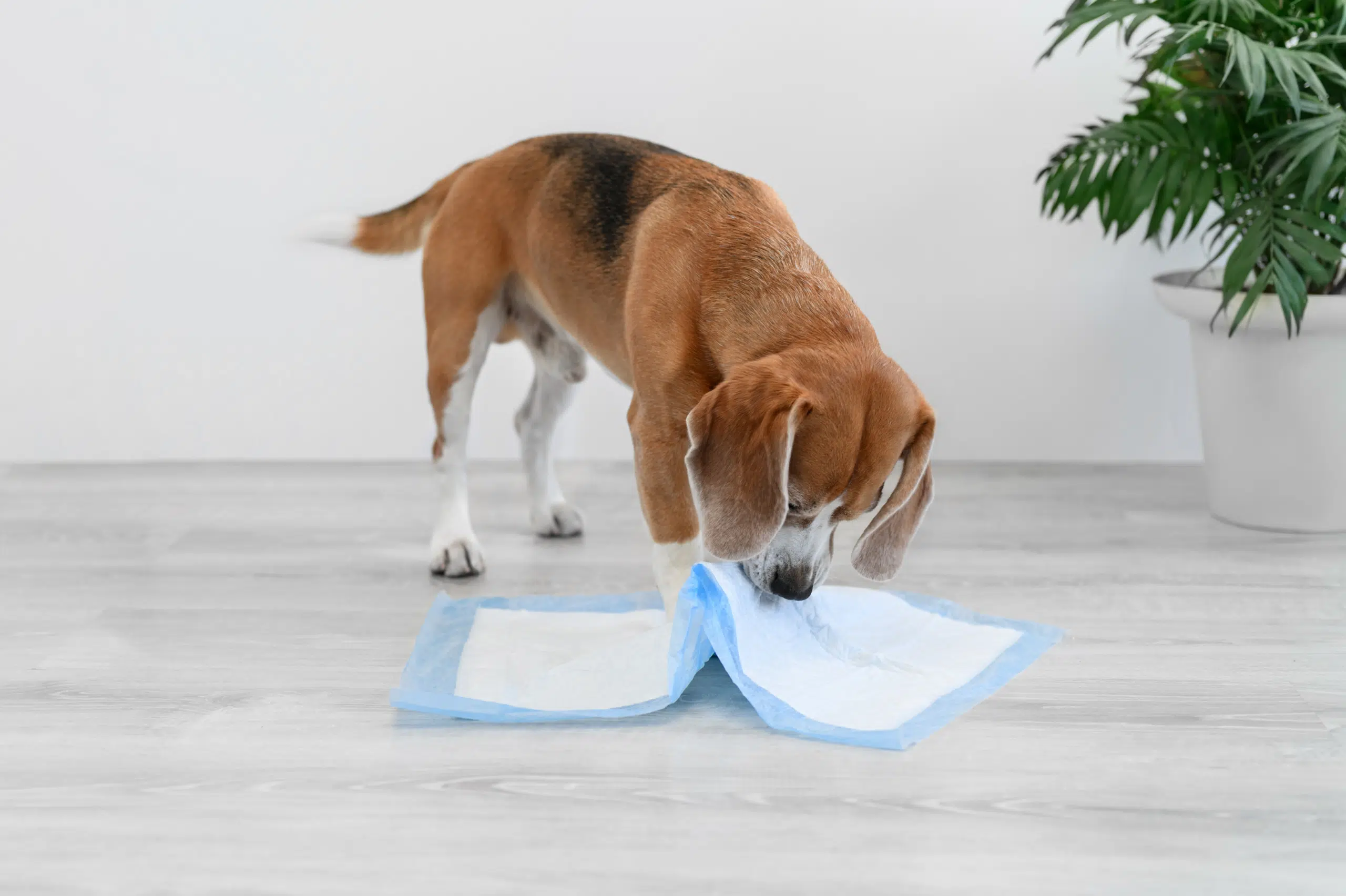

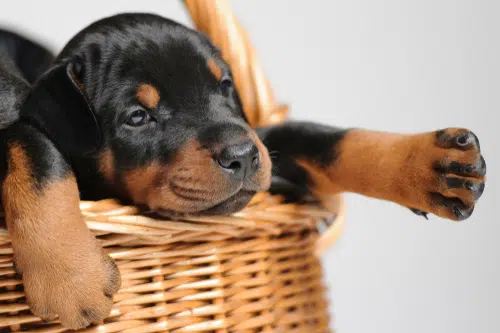

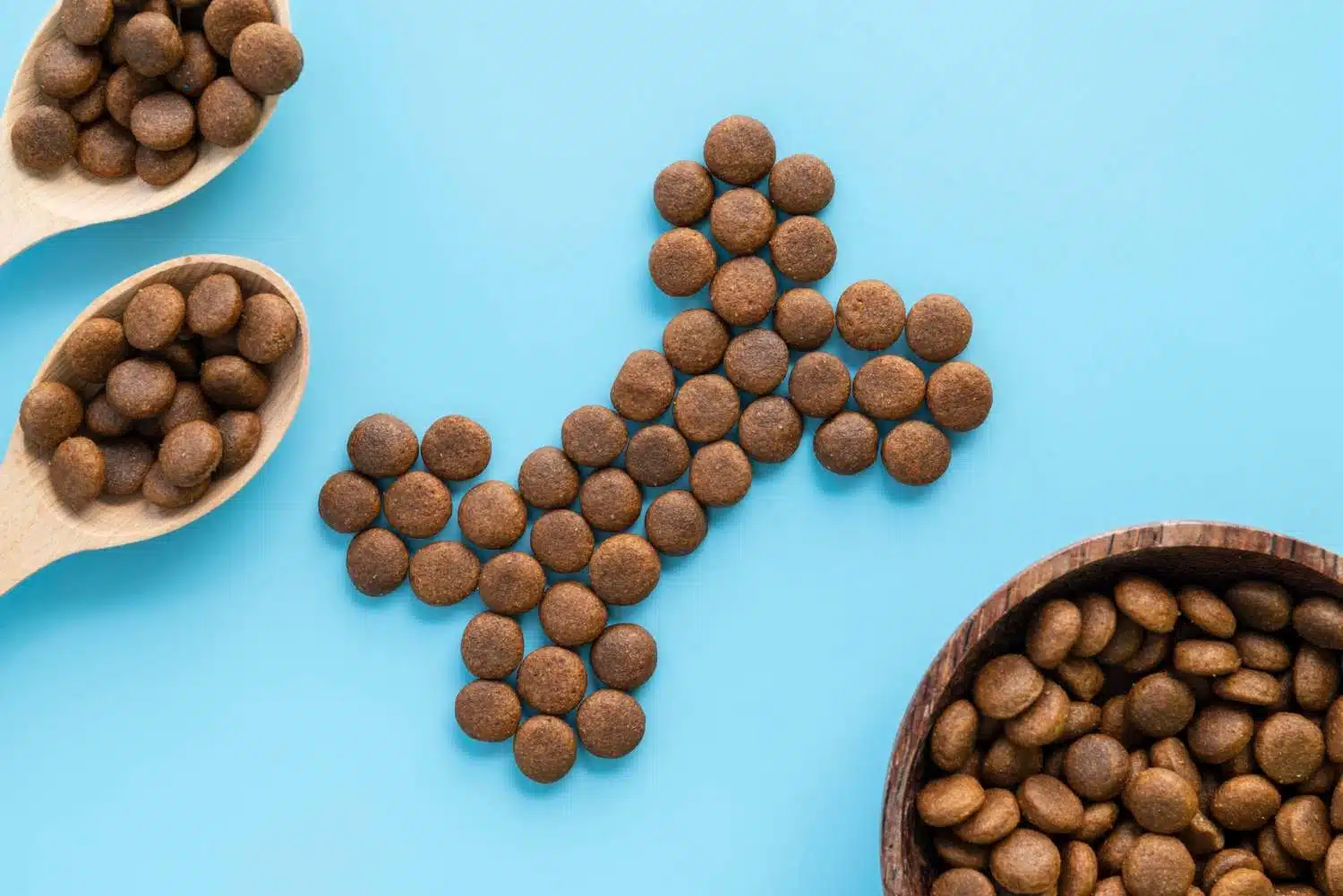
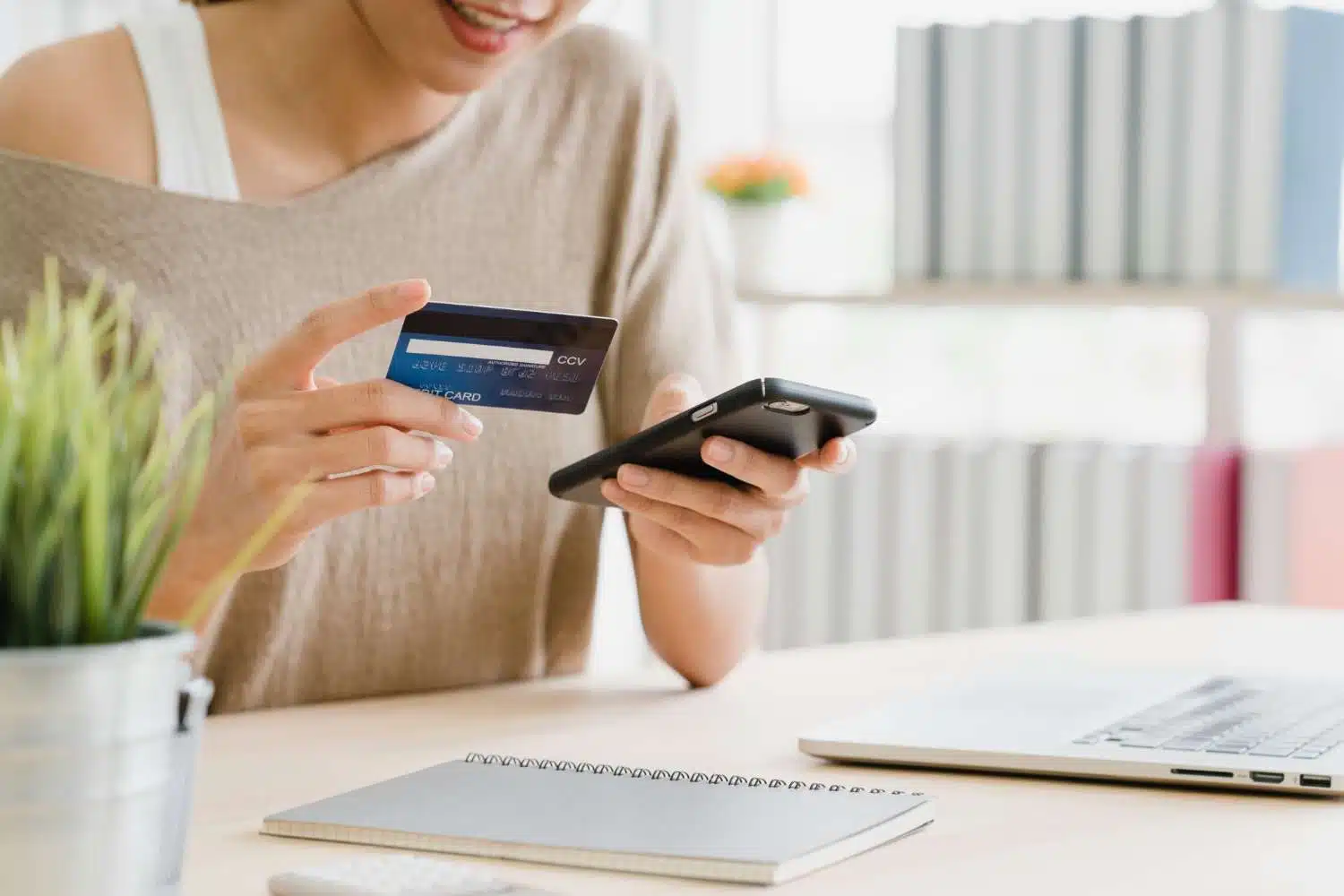

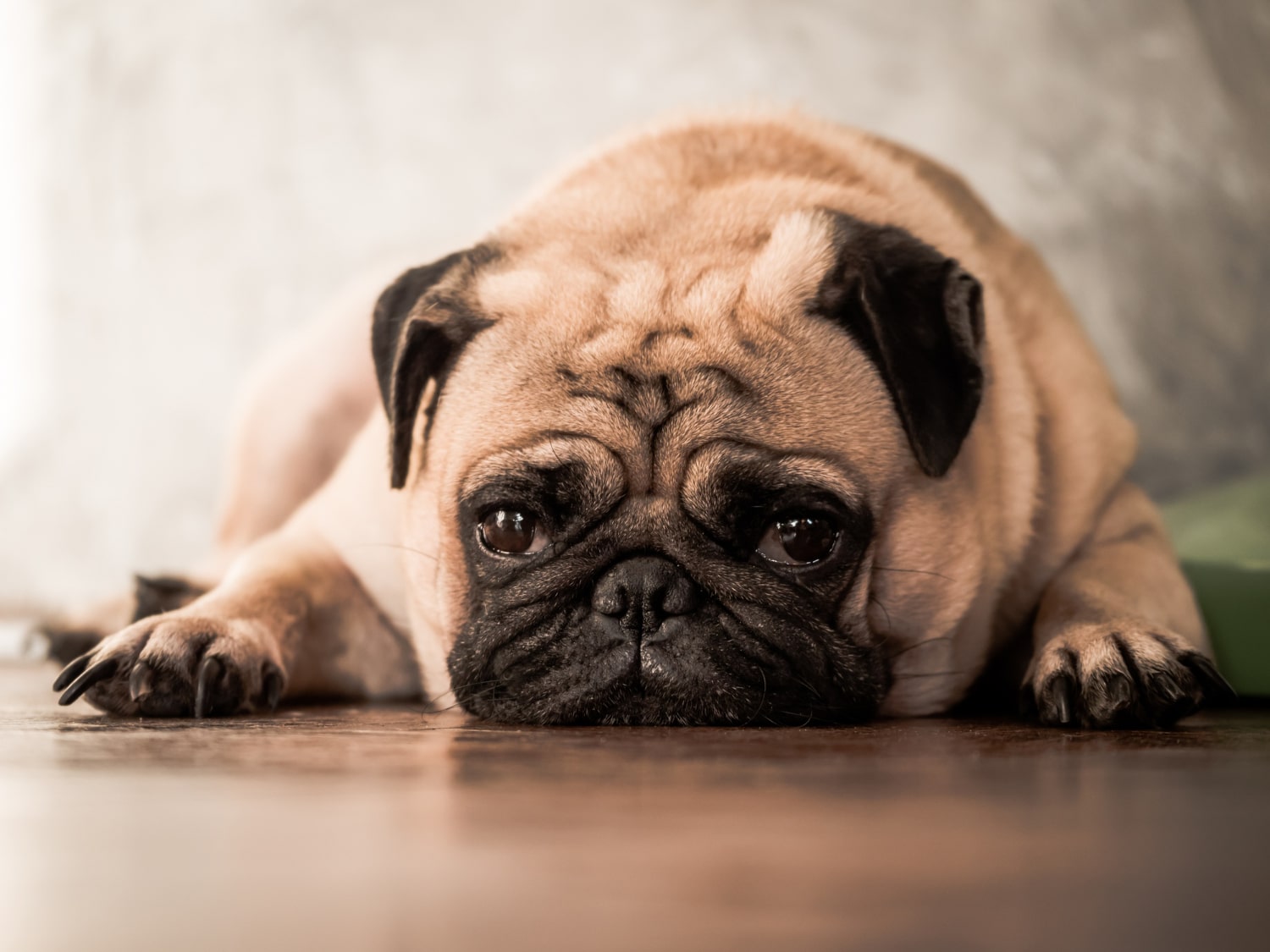
Get involved!
Comments